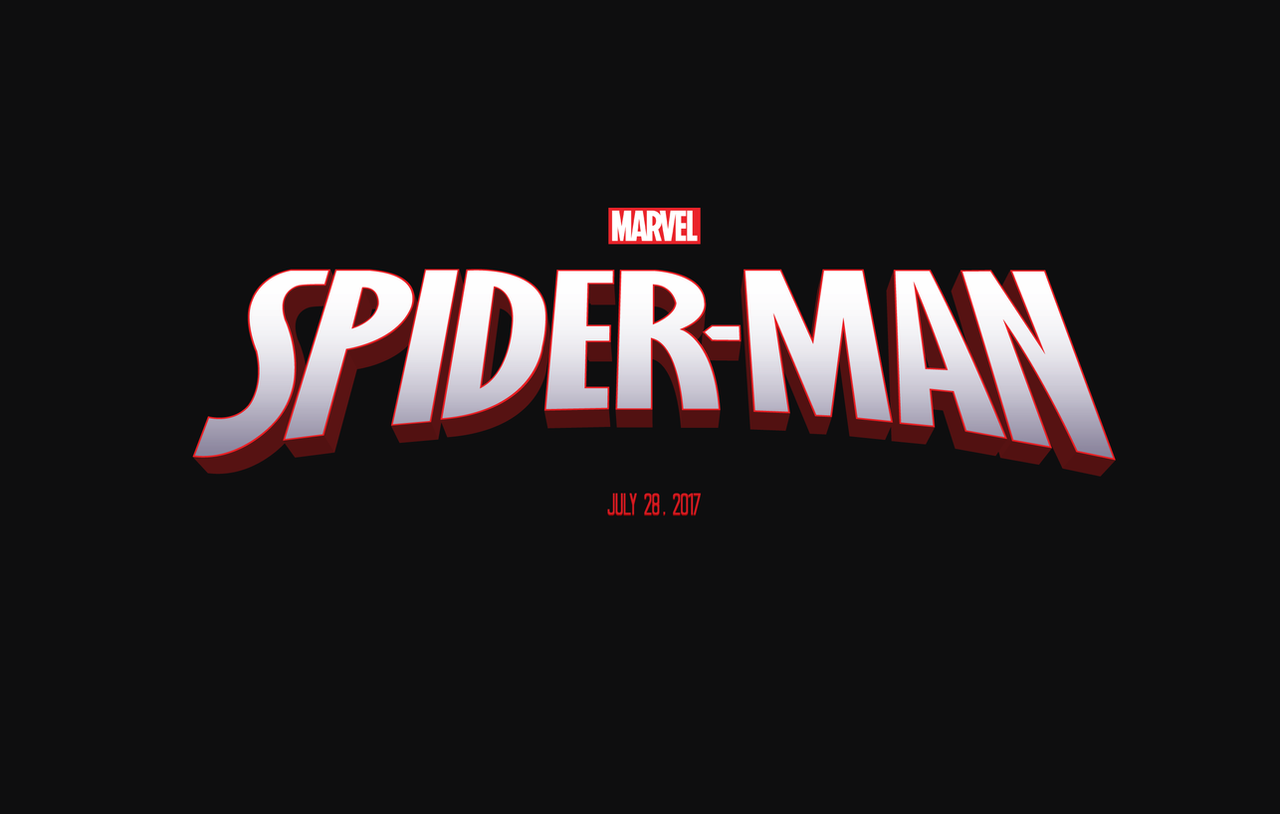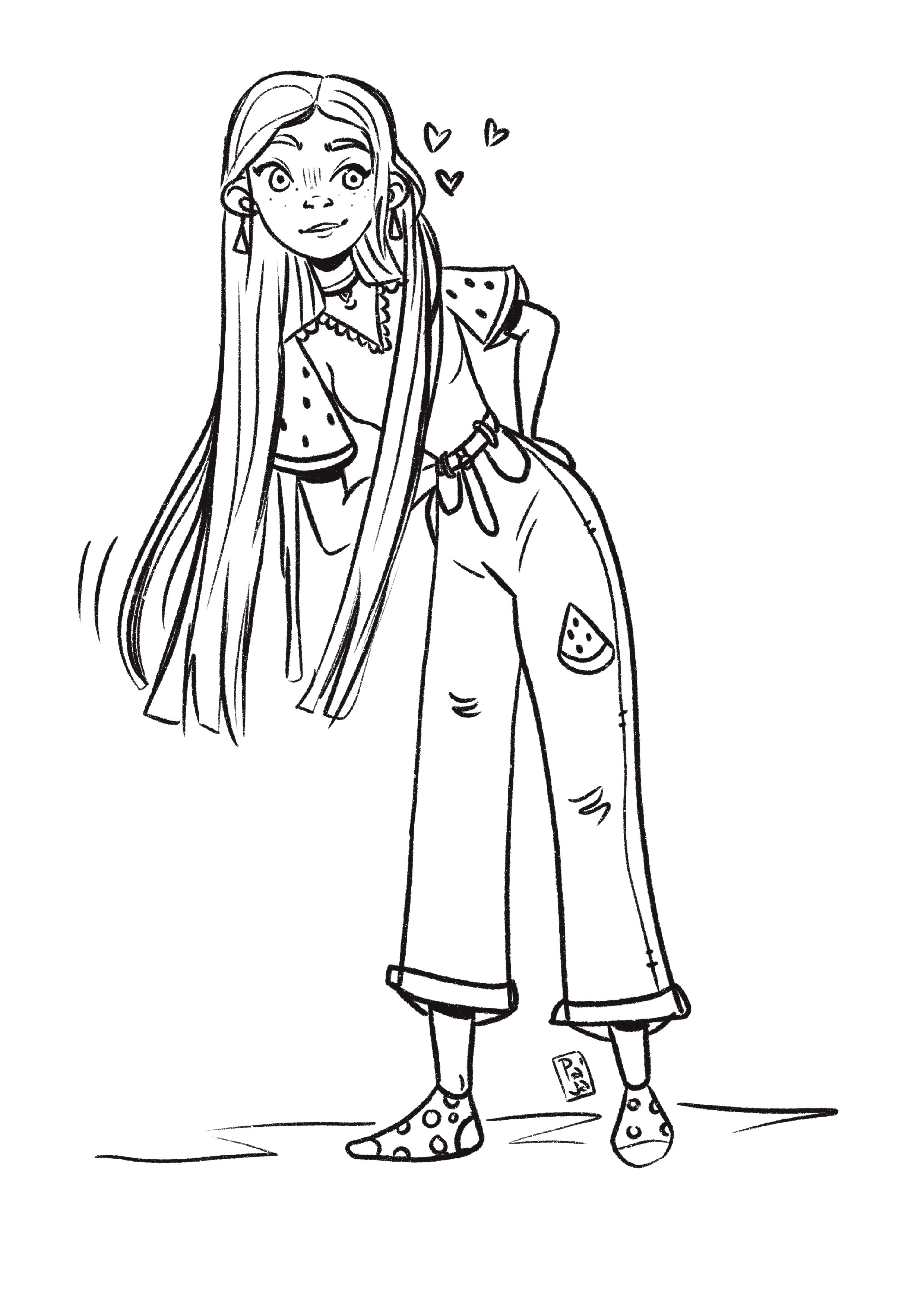Your What the planets look like images are available. What the planets look like are a topic that is being searched for and liked by netizens now. You can Get the What the planets look like files here. Download all royalty-free vectors.
If you’re looking for what the planets look like pictures information connected with to the what the planets look like keyword, you have come to the ideal blog. Our site frequently provides you with suggestions for seeing the maximum quality video and picture content, please kindly surf and find more informative video articles and images that fit your interests.
What The Planets Look Like. However that doesnt stop some researchers from imagining what life on other planets would be like if and when we colonize space. According to the Bern team. Discovered in 2008 planet 1RXS 1609 upper left is about eight times as massive as Jupiter and orbits a sun-like star about 500 light-years away. Like planets dwarf planets are generally round Haumea looks like an overinflated football and orbit the Sun.
 Spiderman Marvel Logo From cz.pinterest.com
Spiderman Marvel Logo From cz.pinterest.com
To look at planets like Jupiter and Saturn you will need a magnification of about 180. Heres What Space Actually Looks Like to the Human Eye Michael Bensons exhibit Otherworlds lets you see what all the planets and moons would look like if you flew by. Neptune 45 billion kilometers from Sun This ice giant has the 17 times the mass of Earth and orbits the Sun once in every 1648 years. What the Night Sky Would Look Like If the Other Planets Were as Close as the Moon Its not always easy to imagine just how big the other planets are. After all if the planets and stars and galaxies for that matter are so far away how can we know what they are made of. Like planets dwarf planets are generally round Haumea looks like an overinflated football and orbit the Sun.
However that doesnt stop some researchers from imagining what life on other planets would be like if and when we colonize space.
Given the vast and disparate distances its not so easy to imagineBut digital renderings just created by Ron Miller a Virginia-based illustrator who has spent decades depicting outer space help answer that tricky questionThey show the sun as it appears in the sky of each of the eight planets along with our. According to the Bern team. As we all know living basically anywhere besides Earth in our solar system would be near-impossible. In this solar system map you can see the planetary positions from 3000 BCE to 3000 CE and also see when each planet is in retrograde. Well theres the rocky planets he said. Since Planet 9 is so far away the Sun looks like just another star and the planet is extremely difficult to see from Earth with even the best telescopes.
 Source: pinterest.com
Source: pinterest.com
So lets forget about that for a moment and assume that we have the capabilities to do so and that no danger is real for us. There are likely thousands of dwarf planets waiting to be discovered beyond Neptune. Given the vast and disparate distances its not so easy to imagineBut digital renderings just created by Ron Miller a Virginia-based illustrator who has spent decades depicting outer space help answer that tricky questionThey show the sun as it appears in the sky of each of the eight planets along with our. Heres What Space Actually Looks Like to the Human Eye Michael Bensons exhibit Otherworlds lets you see what all the planets and moons would look like if you flew by. The mantle is quite solid but it actually behaves more like a fluid.
 Source: cz.pinterest.com
Source: cz.pinterest.com
However that doesnt stop some researchers from imagining what life on other planets would be like if and when we colonize space. Like planets dwarf planets are generally round Haumea looks like an overinflated football and orbit the Sun. Venus is another planet thats usually shown in false-color. Have you ever think what does the earth look like from other planets. The mantle is quite solid but it actually behaves more like a fluid.
 Source: cz.pinterest.com
Source: cz.pinterest.com
Have you ever think what does the earth look like from other planets. Since Planet 9 is so far away the Sun looks like just another star and the planet is extremely difficult to see from Earth with even the best telescopes. Climate change scientists dont like to use the term prediction Rather theyre making projections about the future of the planet as sea levels rise wildfires sweep the West and hurricanes. As we all know living basically anywhere besides Earth in our solar system would be near-impossible. How do scientists find out information about other planets like what they are made of.

In reality its covered in a thick layer of cream-colored clouds that are almost featureless. Heres What Space Actually Looks Like to the Human Eye Michael Bensons exhibit Otherworlds lets you see what all the planets and moons would look like if you flew by. But do they show what each planet really looks like. However that doesnt stop some researchers from imagining what life on other planets would be like if and when we colonize space. To look at planets like Jupiter and Saturn you will need a magnification of about 180.

And what will happen if we remove the moon by planets. The Sun looks like a bright spot in a landscape. How do scientists find out information about other planets like what they are made of. If you want to look at the planet alone with higher resolution you will need a magnification of about 380. The mantle is quite solid but it actually behaves more like a fluid.
 Source: cz.pinterest.com
Source: cz.pinterest.com
Instead we get false-color photos using infrared or ultraviolet. According to the Bern team. The Sun looks like a bright spot in a landscape. Ive never seen a true-color image of Venus from any spacecraft. Discovered in 2008 planet 1RXS 1609 upper left is about eight times as massive as Jupiter and orbits a sun-like star about 500 light-years away.
 Source: cz.pinterest.com
Source: cz.pinterest.com
Instead we get false-color photos using infrared or ultraviolet. Its similar to Silly Putty but a really strong version of. It flows and deforms. Neptune 45 billion kilometers from Sun This ice giant has the 17 times the mass of Earth and orbits the Sun once in every 1648 years. Neptune has the coldest planet in our Solar system and the Sun viewed from this planet seems like a distant object in a cold night sky.
 Source: cz.pinterest.com
Source: cz.pinterest.com
There are likely thousands of dwarf planets waiting to be discovered beyond Neptune. In reality its covered in a thick layer of cream-colored clouds that are almost featureless. Motivated by curiosity amateur astronomer Nicholas Holmes created animations to show what the sky would look like if planets orbited Earth at the same distance as the moon Business Insider. Have you ever imagine that scene. Neptune has the coldest planet in our Solar system and the Sun viewed from this planet seems like a distant object in a cold night sky.
 Source: cz.pinterest.com
Source: cz.pinterest.com
What the Night Sky Would Look Like If the Other Planets Were as Close as the Moon Its not always easy to imagine just how big the other planets are. The simplest way is to get a piece of the planet and look at it but in reality this doesnt happen very often. Like planets dwarf planets are generally round Haumea looks like an overinflated football and orbit the Sun. In this solar system map you can see the planetary positions from 3000 BCE to 3000 CE and also see when each planet is in retrograde. The five best-known dwarf planets are Ceres Pluto Makemake Haumea and Eris.
 Source: cz.pinterest.com
Source: cz.pinterest.com
How do scientists find out information about other planets like what they are made of. The Sun looks like a bright spot in a landscape. First Picture of Likely Planet around Sun-like Star. According to the Bern team. With that you should be able to see the planets and their moons.
 Source: pinterest.com
Source: pinterest.com
In the search for planets beyond our solar system astronomers have found a giant exoplanet that looks more like a football or rugby ball than a. And what will happen if we remove the moon by planets. Well theres the rocky planets he said. If you want to look at the planet alone with higher resolution you will need a magnification of about 380. With that you should be able to see the planets and their moons.
 Source: cz.pinterest.com
Source: cz.pinterest.com
Well theres the rocky planets he said. Neptune 45 billion kilometers from Sun This ice giant has the 17 times the mass of Earth and orbits the Sun once in every 1648 years. Others are surfaced by rock that is almost. As we all know living basically anywhere besides Earth in our solar system would be near-impossible. Well theres the rocky planets he said.
 Source: cz.pinterest.com
Source: cz.pinterest.com
What the Night Sky Would Look Like If the Other Planets Were as Close as the Moon Its not always easy to imagine just how big the other planets are. Neptune has the coldest planet in our Solar system and the Sun viewed from this planet seems like a distant object in a cold night sky. Heres What Space Actually Looks Like to the Human Eye Michael Bensons exhibit Otherworlds lets you see what all the planets and moons would look like if you flew by. Its similar to Silly Putty but a really strong version of. What does the sun look like from other planets.

First Picture of Likely Planet around Sun-like Star. Given the vast and disparate distances its not so easy to imagineBut digital renderings just created by Ron Miller a Virginia-based illustrator who has spent decades depicting outer space help answer that tricky questionThey show the sun as it appears in the sky of each of the eight planets along with our. In reality its covered in a thick layer of cream-colored clouds that are almost featureless. Climate change scientists dont like to use the term prediction Rather theyre making projections about the future of the planet as sea levels rise wildfires sweep the West and hurricanes. As we all know living basically anywhere besides Earth in our solar system would be near-impossible.
 Source: cz.pinterest.com
Source: cz.pinterest.com
The short answer to this is sometimes because some planets are genuinely quite colourful. The simplest way is to get a piece of the planet and look at it but in reality this doesnt happen very often. To look at planets like Jupiter and Saturn you will need a magnification of about 180. Instead we get false-color photos using infrared or ultraviolet. With that you should be able to see the planets and their moons.
 Source: cz.pinterest.com
Source: cz.pinterest.com
Neptune 45 billion kilometers from Sun This ice giant has the 17 times the mass of Earth and orbits the Sun once in every 1648 years. Here a space artists thought experiment. Heres What Space Actually Looks Like to the Human Eye Michael Bensons exhibit Otherworlds lets you see what all the planets and moons would look like if you flew by. In reality its covered in a thick layer of cream-colored clouds that are almost featureless. The simplest way is to get a piece of the planet and look at it but in reality this doesnt happen very often.
 Source: cz.pinterest.com
Source: cz.pinterest.com
Here a space artists thought experiment. Its similar to Silly Putty but a really strong version of. And what will happen if we remove the moon by planets. Well theres the rocky planets he said. Like planets dwarf planets are generally round Haumea looks like an overinflated football and orbit the Sun.
 Source: cz.pinterest.com
Source: cz.pinterest.com
Its similar to Silly Putty but a really strong version of. Here a space artists thought experiment. But do they show what each planet really looks like. Ive never seen a true-color image of Venus from any spacecraft. Discovered in 2008 planet 1RXS 1609 upper left is about eight times as massive as Jupiter and orbits a sun-like star about 500 light-years away.
This site is an open community for users to do submittion their favorite wallpapers on the internet, all images or pictures in this website are for personal wallpaper use only, it is stricly prohibited to use this wallpaper for commercial purposes, if you are the author and find this image is shared without your permission, please kindly raise a DMCA report to Us.
If you find this site beneficial, please support us by sharing this posts to your favorite social media accounts like Facebook, Instagram and so on or you can also save this blog page with the title what the planets look like by using Ctrl + D for devices a laptop with a Windows operating system or Command + D for laptops with an Apple operating system. If you use a smartphone, you can also use the drawer menu of the browser you are using. Whether it’s a Windows, Mac, iOS or Android operating system, you will still be able to bookmark this website.






